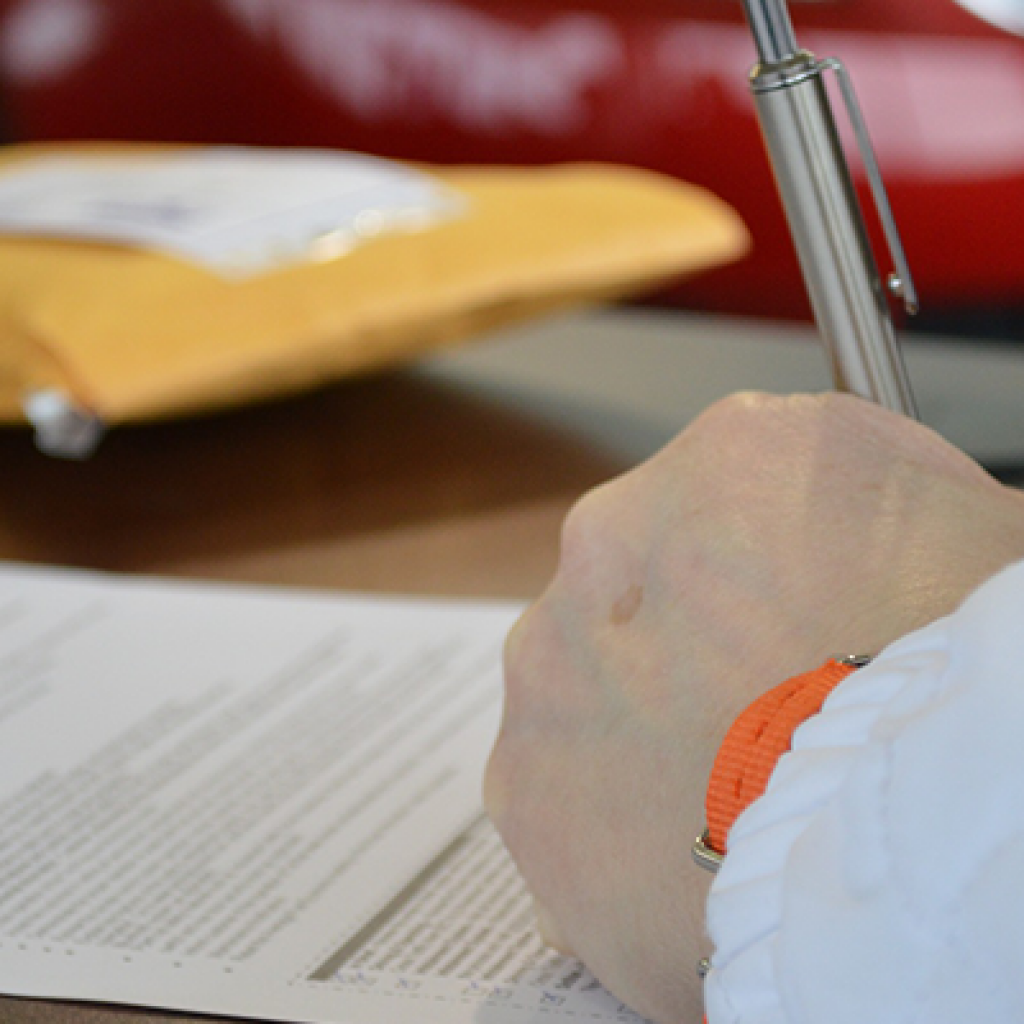SearchFlow last week reminded conveyancers that on the 30 June 2013, the ‘Statement of Principles’ between the Association of British Insurers and the Government, which commits insurers to continue to provide flood insurance under certain scenarios, is being withdrawn. This could leave property worth £214bn uninsured and potentially uninsurable. Should this happen many home owners are likely to ask what their conveyancer knew and what should they have known at the time of their purchase. Conveyancers should review their procedures now to protect themselves from future claims.
Research by the “Know your Flood Risk” Campaign indicates that one in four UK properties is at risk of flooding, meaning up to £214bn of property could be uninsured. Average UK flooding insurance claims are £30,000 and therefore below the excess policy levels that some solicitors carry with their professional indemnity insurance.
James Sherwood-Rogers, Chair of the ‘Know Your Flood Risk’ campaign, said: “Whilst the impact that the ending of the Statement of Principles will have on flood insurance is unknown, early indications are not good. Some insurers are already trying to rid themselves of insuring previously flooded or ‘at risk’ homes, long before June 2013. I have learned of several homeowners who are struggling to find affordable insurance; the cost of their insurance has increased by two thirds and the excess amounts are around £15,000 – £20,000. Such excesses are simply not affordable for the vast majority of people.
“It is vital, therefore, that homeowners investigate their flood risk and take steps to minimise their own flood risk and protect their home from flooding. Just because a home may not have flooded previously or is not situated near the coast or a river, does not mean that it will not flood in the future. Surface water flooding is becoming far more prevalent and can affect any home in any location; surface water flooding was the cause of the devastation which many areas of the country experienced in 2007.
Uninsured properties could leave owners in breach of their mortgage contract, as well as making properties harder to sell or remortgage and reducing their overall value.
Richard Hinton, business development director at SearchFlow said: “The end of the principles agreement between the ABI and the government could make flooding a hugely contentious issue during the conveyancing process when professional conveyancers have to consider the potential risks a property faces. Although buyers will be able to obtain flood insurance for the next few months, the long-term prospects of properties at risk of flooding are potentially bleak.
“Especially for buyers purchasing in high risk flood areas, the possibility of very high premiums, significant reductions in value, less access to mortgage finance — even action taken by the mortgage lender due to breach of the mortgage agreement — is high. Conveyancers looking after their clients’ best interests must ensure they are aware of the risk of flooding and ensure their clients appreciate the danger posed by the end of the ABI agreement”.
David Newnes, director of LSL Property Services, owners of Your Move and Reeds Rains said: “For those living in susceptible areas, flooding is quite rightly a major concern. Floods are unpredictable and can cause hugely costly damage that is frequently too expensive for home owners to repair out of their own pockets. Following the floods of summer 2007, the Association of British Insurers estimates it paid out over £3bn to rectify the damage done. Without insurance, that kind of loss is would simply be too high for most communities affected by floods and could force homeowners to take a loss on the value of their homes by selling damaged properties at a knock-down price.
“We recommend property purchasers ensure their conveyancer completes a comprehensive search to assess the risk of flooding. Buyers in areas where the risks of flooding are high must factor into the cost of the property the fact they are likely to face higher insurance premiums as a result of their location. While the size of the flooding discount varies across the country — often depending on buyers’ awareness of flooding as a potential problem — properties with a high risk of flooding generally sell for between 5% — 15% less than comparable properties without high flood risk”.
What is your firm doing about this risk?




















